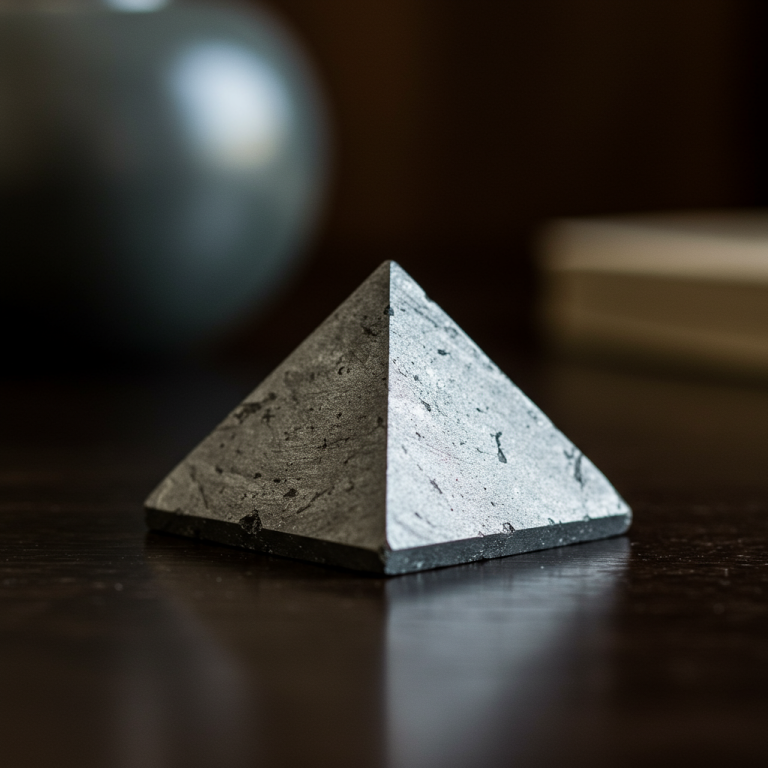1. Practice Yoga
Gentle yoga can be a powerful tool for back pain. It helps to improve flexibility, strengthen core muscles, and release tension in the spine. Poses like Cat-Cow, Child’s Pose, and Cobra can help to gently stretch and strengthen the back muscles, promoting better spinal alignment and reducing discomfort. ✨🧘♂️
2. Use a TENS Unit
TENS (Transcutaneous Electrical Nerve Stimulation) machines are wonderful devices that help with pain. These small units have patches that stimulate your muscles to tense up and relax, which helps them to eventually let go and relax on their own. Physical therapists often use them for this very reason. You can find them at most drugstores for an affordable price, and they can be highly effective for pinched nerves, discs, and sciatica.
3. Self-Massage & Human Touch
A relaxing massage—be it Swedish, Shiatsu, or acupressure—can work wonders for muscle tension. When muscles are tense, they can impinge on nerves and restrict blood flow, leading to pain. You can use self-massage techniques with a foam roller or a tennis ball, or get a professional massage to help release that tension, allowing the muscle to relax and let go. I recommend getting a massage at least once a month.
4. Alternate Hot and Cold Packs
Applying hot and cold packs to your back can do a great job of relieving pain. You can buy these at any drugstore. Alternating between the two can help loosen things up and make you feel good. A simple at-home trick is to fill a sock with uncooked rice, heat it in the microwave, and place it on the painful area.
5. Try Healing Herbs 🌱
For thousands of years, different cultures have used a variety of plants to help manage pain. Many of these herbs are still used today for their natural healing properties.
- Ginger: A powerful herb and spice known for its potent anti-inflammatory properties.
- Turmeric: This bright yellow spice contains curcumin, a compound with strong anti-inflammatory and antioxidant benefits.
- Devil’s Claw: This herb has been used for a long time for pain relief. You can take 500-milligram capsules morning and evening for about 7-10 days, then take a break.
- Cramp Bark: This herb is excellent for muscle spasms. You can take 400-500 milligram capsules to help with cramps. Once the spasms are gone, you won’t need to take it again.
- Skullcap: Known for its calming effects on the nervous system, skullcap is particularly useful for nerve-related pain, such as pinched or aggravated nerves. It can be used both internally and applied topically.
- Hops: Hops, a cousin of cannabis, can be used to help with pain, particularly when applied topically. It has a calming effect and can also be beneficial for soothing gut issues.
- Teasel: Traditionally used for chronic pain, especially nerve pain stemming from old injuries or trauma. It is believed to help “reboot” the nervous system, which can provide long-term relief.
- CBD (Cannabidiol): This is a non-psychoactive compound found in the cannabis plant. It interacts with the body’s endocannabinoid system to help reduce pain and inflammation without causing a “high.” It can be used in various forms like oils, creams, and edibles.
6. Essential Supplements
In addition to herbs, certain vitamins and oils can play a significant role in managing pain and inflammation.
- Vitamin D3 with K2: Many people are deficient in Vitamin D, which is essential for bone health and proper muscle function. Taking it with Vitamin K2 helps to ensure calcium is properly directed to the bones, which is crucial for a healthy spine and preventing pain.
- Fish Oil or Cod Liver Oil: These oils are rich in Omega-3 fatty acids, which are powerful anti-inflammatory agents. They can help reduce overall inflammation in the body, which is a major contributor to chronic back pain.
7. Incorporate Anti-Inflammatory Foods 🥦
What you eat plays a huge role in inflammation, which is a major cause of pain. Adding anti-inflammatory foods to your diet can make a significant difference.
- Ginger & Turmeric: These powerful spices are known for their anti-inflammatory properties. You can add them to your meals, teas, or even smoothies.
- Omega-3 Fatty Acids: Found in foods like flax seeds, chia seeds, and walnuts, omega-3s are essential for reducing inflammation in the body.
8. Go for a Walk 🚶
It may be difficult at first, but walking is one of the best things you can do for back pain. It’s not only great for your body, but it also helps ease tension in your mind. The mind and body are connected, and walking helps both to relax and get rid of stress.
9. Practice Meditation
Meditation is incredibly important for releasing physical and mental tension. We’re often so busy that our bodies and minds become tense. By taking just a few minutes each day to focus on your breath or a simple mantra, you can give your brain a rest and allow your body to let go of tension.
10. Use a Foam Roller
A foam roller can be an effective tool for self-massage and myofascial release. By gently rolling your back over the foam roller, you can help break up knots, relieve muscle tension, and improve flexibility. It’s a great way to decompress the spine and provide relief from general back stiffness and discomfort.
11. Build Your Core Muscles 💪
Strong abdominal muscles are crucial for supporting your spine. A weak core can lead to back pain because the front of your body pulls forward, straining the muscles around your spine. Doing exercises like crunches and sit-ups helps build a strong core, which provides the support your back needs.
12. Get a Good Computer Chair & Practice Posture 🪑
If you spend a lot of time sitting, a good computer chair is a must. Look for one that provides excellent lower back support. Even with a great chair, it’s essential to practice good posture. Sit up straight with your feet flat on the floor, and make sure your monitor is at eye level to prevent neck and back strain.
13. Find a Supportive Pillow 😴
The way you sleep can have a big impact on back pain. A supportive pillow is crucial for keeping your spine aligned while you rest. The right pillow will support the natural curve of your neck and head, reducing strain on your back and helping you get a more restful night’s sleep.
14. Use an Inversion Table
An inversion table helps decompress your spine by hanging you upside down. This pulls your discs back into alignment and brings moisture into them, providing relief. Many people find that back pain and sciatica can be relieved after they start using one.
15. The Most Important Thing: Your Diet 🍏
One of the most important things you can do is switch to a whole foods, plant-based, anti-inflammatory diet. If you eat meat, choosing grass-fed options can provide more anti-inflammatory omega-3s and other healthy fats. This type of diet has been shown to help many people find relief from their pain by reducing inflammation in the body.




